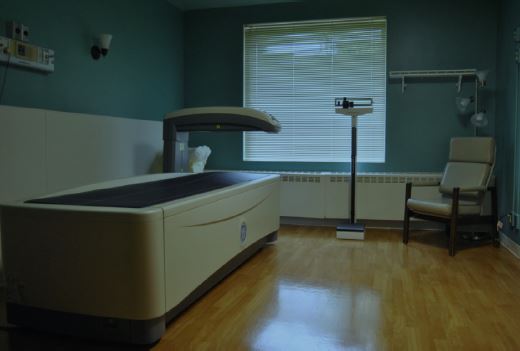WSHA Weekly Report, Staying Connected to Communities in Times of Change
 The news of the week is that the Thurston County Superior Court agreed with us that the state’s new Certificate of Need rules went too far – and she invalidated the rules. The rules dramatically expanded the types of transactions subject to CN, a step that the judge said was not supported by the underlying certificate of need law. Although the ruling has not yet been issued, the judge spoke from the bench about how the agency rules must enforce the law, but not expand it. This is a good outcome.
The news of the week is that the Thurston County Superior Court agreed with us that the state’s new Certificate of Need rules went too far – and she invalidated the rules. The rules dramatically expanded the types of transactions subject to CN, a step that the judge said was not supported by the underlying certificate of need law. Although the ruling has not yet been issued, the judge spoke from the bench about how the agency rules must enforce the law, but not expand it. This is a good outcome.
Affiliations between hospitals can help preserve and expand health care services in communities large and small. This isn’t a trend confined to Washington state. National industry and regulatory pressures are pushing hospitals to improve quality, reduce costs, and make it easier for patients to move between providers. This is critically important work, but it isn’t easy to do alone. And in some areas, a partner may not be enough. The reduction of services and the potential closure of hospitals is already happening, and will be a real threat for the next several years.
At the same time, community members are uncertain about what all this change means to them. It’s important that hospitals continue to engage the community in how changes in health care are going to affect them. We’ll be talking more about community engagement—along with a lot of other hot topics— at our annual WSHA & AWPHD Rural Hospital Conference in Chelan. We hope you can join us.
Scott Bond
WSHA President and CEO
Keep Calm and Dietary On. . .
Announcing Saturday Hours!
The statistics surrounding Heart Disease are shocking.
What are normal cholesterol levels?
Feelin’ Uneasy- Great substance abuse message from a Walla Walla High School Student
Columbia County Health Systems Performs Bone Density Scans.
Ready for the Women’s Show?
Can Osteoporosis Be Prevented?
What are the risk factors for Cervical Cancer?
What is Cervical Cancer?
Schedule your mammogram in Dayton!
Columbia County Health System is Certified to Perform DOT Physicals
May 5th, Woman’s Health Tip:
All women should perform a breast self-exam monthly. While mammograms can help you to detect cancer before you can feel a lump, breast self-exams help you to be familiar with how your breasts look and feel so you can alert your healthcare professional if there are any changes.
How should a breast self-exam be performed?
1)In the Shower
Using the pads of your fingers, move around your entire breast in a circular pattern moving from the outside to the center, checking the entire breast and armpit area. Check both breasts each month feeling for any lump, thickening, or hardened knot. Notice any changes and get lumps evaluated by your healthcare provider.
2) In Front of a Mirror
Visually inspect your breasts with your arms at your sides. Next, raise your arms high overhead.
Look for any changes in the contour, any swelling, or dimpling of the skin, or changes in the nipples. Next, rest your palms on your hips and press firmly to flex your chest muscles. Left and right breasts will not exactly match—few women’s breasts do, so look for any dimpling, puckering, or changes, particularly on one side.
3) Lying Down
When lying down, the breast tissue spreads out evenly along the chest wall. Place a pillow under your right shoulder and your right arm behind your head. Using your left hand, move the pads of your fingers around your right breast gently in small circular motions covering the entire breast area and armpit.
Use light, medium, and firm pressure. Squeeze the nipple; check for discharge and lumps. Repeat these steps for your left breast.
National Cancer Institute. (2012). National Breast Cancer Foundation, Inc. Retrieved on April 29, 2014, from http://www.nationalbreastcancer.org/breast-self-exam


